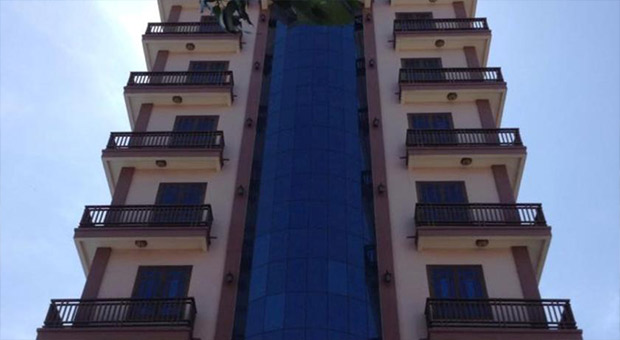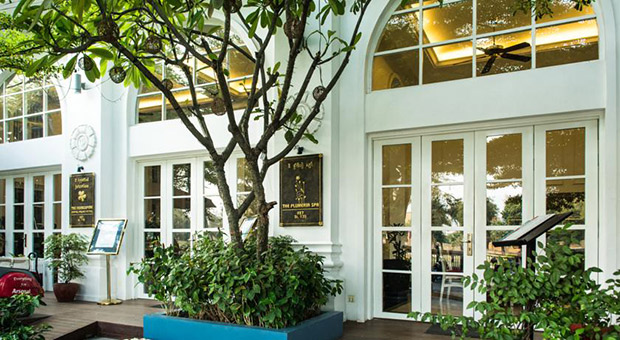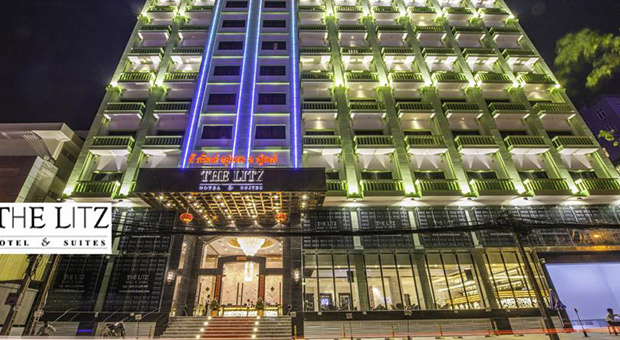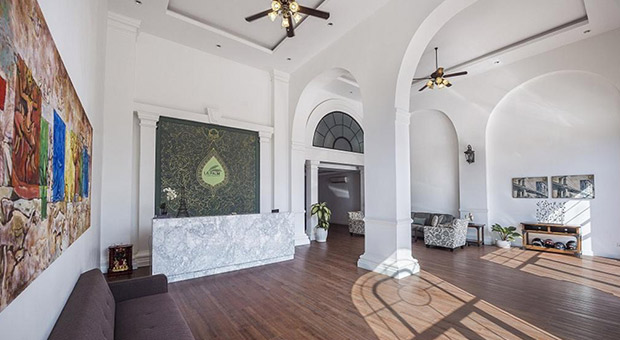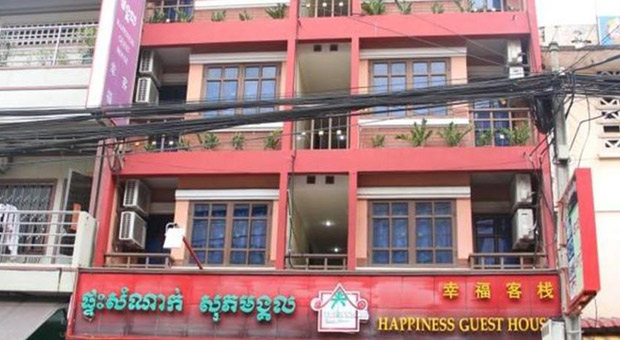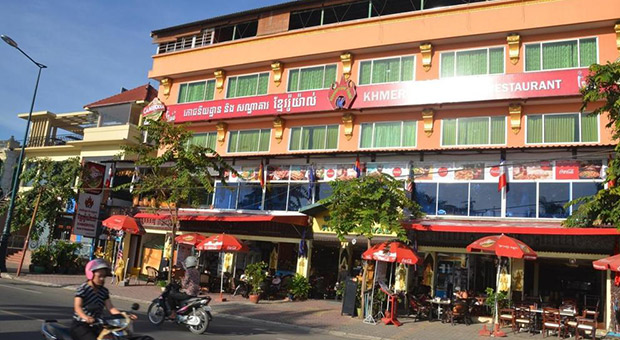Silver Pagoda, Phnom Penh
Silver Pagoda, Phnom Penh
Cambodia
Phnom Penh
Phnom Penh Travel Guide
Book Tour & Activities
Your tour in Phnom Penh.
Book your stay
Your hotel in Phnom Penh.
Overview
Within the Royal Palace compound is the extravagant Silver Pagoda, also known as Wat Preah Keo or Temple of the Emerald Buddha. It is so named for its floor, which is covered with five tons of gleaming silver. You can sneak a peek at some of the 5000 tiles near the entrance, but most are covered to protect them.
The staircase leading to the Silver Pagoda is made of Italian marble. Rivalling the silver floor is the Emerald Buddha, an extraordinary Baccarat-crystal sculpture sitting atop an impressive gilded pedestal.
The Silver Pagoda is located on the south side of the Royal Palace, Phnom Penh. Formerly, it was known as Wat Ubosoth Ratanaram. The temple's official name is Preah Vihear Preah Keo Morakot (Khmer: ព្រះវិហារព្រះកែវមក៌ត, "Temple of the Emerald-Crystal Buddha") which is commonly shortened to Wat Preah Keo (Khmer: វត្តព្រះកែវ) in Khmer.
The vihara houses many national treasures including gold and jeweled Buddha statues. Most notable is a small green crystal Buddha (the "Emerald Buddha" of Cambodia) — some sources maintain it was made of Baccarat Crystal in 17th century but that's not possible since Baccarat Crystal didn't exist until 18th century; other sources indicate it was made in 19th century by Lalique, a glass designer who lived in 19th-20th century, what makes more sense taking into account that the Royal Palace of Phnom Penh was built using the Bangkok's Grand Palace as a model so the Bangkok's Emerald Buddha would be copied at the same time; but there are not reliable sources — and a life-sized gold Maitreya Buddha decorated with 9584 diamonds, the largest of which weighs 25 carats. It was created in the palace workshops during 1906 and 1907, the gold Buddha weighs in at 90 kg and is dressed in royal regalia commissioned by King Sisowath. During King Norodom Sihanouk's pre-Khmer Rouge reign, the Silver Pagoda was inlaid with more than 5,000 silver tiles and some of its outer facade was remodeled with Italian marble. However, only a small area of these tiles are available to be viewed by the public on entering the pagoda.
The wall that surrounds the structures is covered with murals of the Reamker painted in 1903-1904 by Cambodian artists directed by the architect of the Silver Pagoda Oknha Tep Nimit Mak.
It is a notable wat (Buddhist temple) in Phnom Penh; Its grounds being used for various national and royal ceremonies. The cremated remains of Norodom Sihanouk are interred in the stupa of Kantha Bopha located on the temple's compound.
Video Travel Inspiration
Most Popular Cities

Siem Reap
Cambodia
Ho Chi Minh City
Vietnam
Beijing
China
Paris
France
London
United Kingdom
New York
USA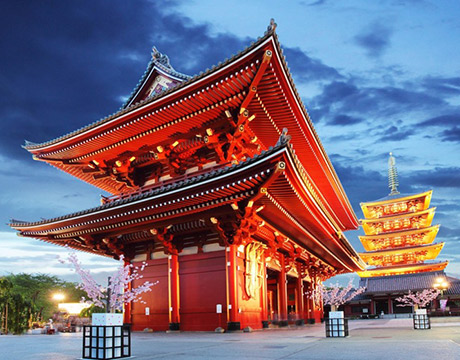
Tokyo
Japan
Bangkok
Thailand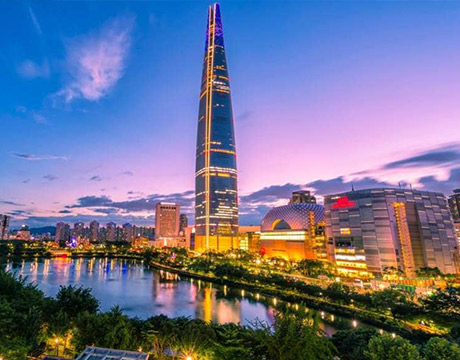
Seoul
South Korea
Vientiane
Laos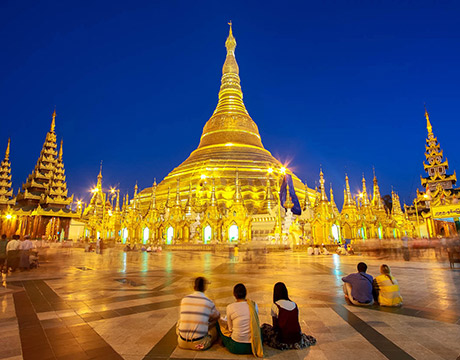
Yangon
Myanmar
Washington DC
USA
Los Angeles
USA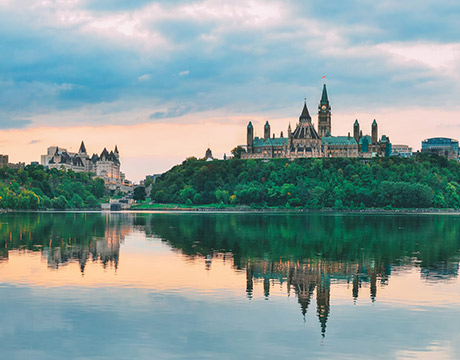
Ottawa
Canada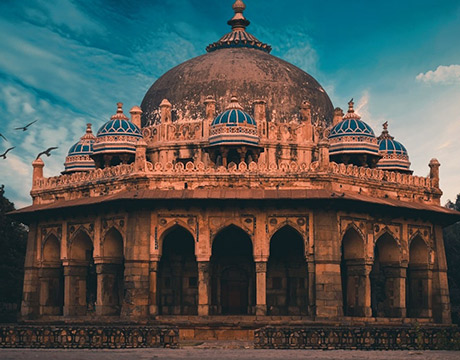
New Delhi
India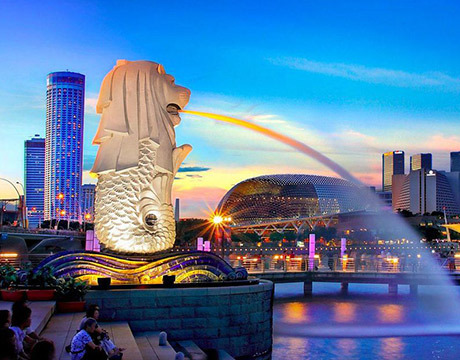
Singapore
Singapore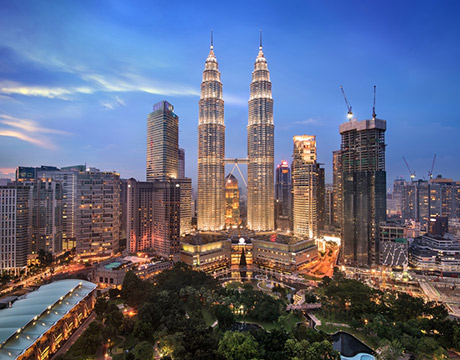
Kuala Lumpur
Malaysia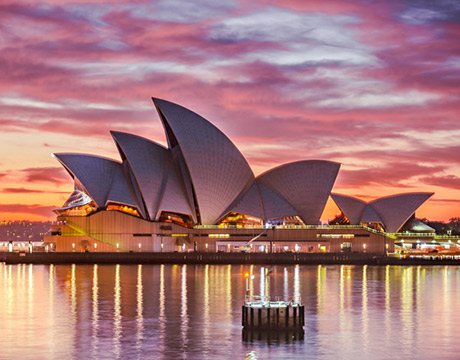
 English
English French
French Khmer
Khmer Thai
Thai Vietnamese
Vietnamese Chinese
Chinese Korean
Korean German
German Japanese
Japanese Italian
Italian Russian
Russian Spanish
Spanish Dutch
Dutch Indonesian
Indonesian Malay
Malay

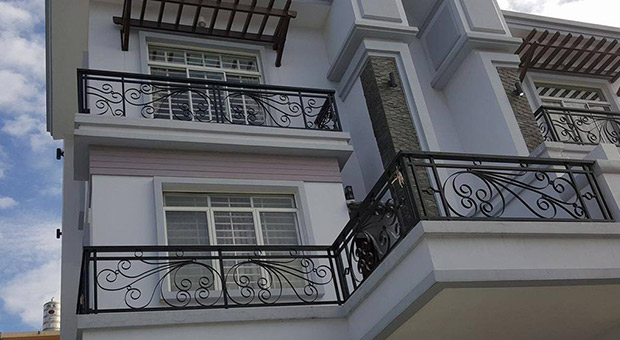







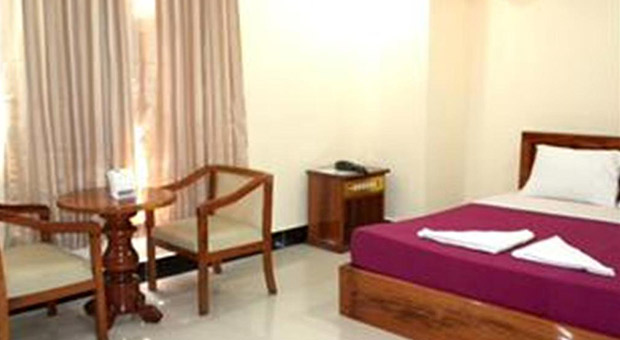


.jpg)



